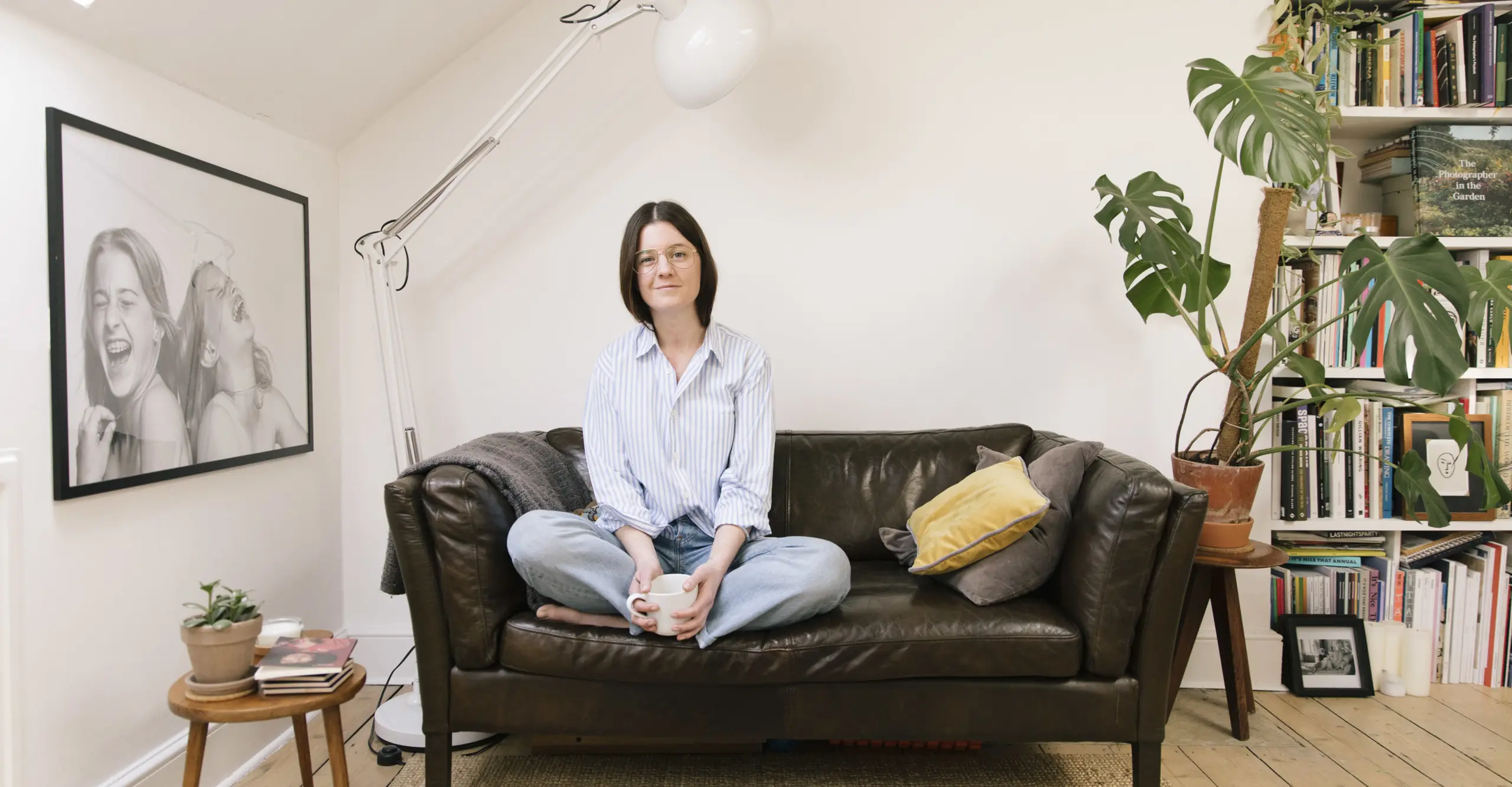As a freelance writer, editor, and consultant specialising in art and fashion, Maisie Skidmore often collaborates with artists to create engaging, insightful copy that gets to the heart of their projects.
Top tips for writers, writing about photography
1. Ideas for writing can come from anywhere. Embrace your niche interests! The phrase ‘jack of all trades, master of none’ applies here. You’ll write the best about subjects you are passionate about. Lean into your weird obsessions, explore them as fully as you can, and trust that others will be interested in them, too. But you also need to make sure you’re not the only one who knows what they are; if an editor knows you have a vast collection of Araki books, they’ll know who to come to when they have an Araki story to commission.
2. Pitching is key. Spend time familiarising yourself with the publication you’re pitching to, and tailor your idea to that specific platform – its successful formats, the angles it uses, its house tone of voice.
When you do get in touch, include the word ‘Pitch’ in your subject line, and personalise your email for the editor you’re reaching out to. (Don’t send it to more than one person on the same team – they don’t like that!) Include a suggested headline, a standfirst, a selection of strong, press team-approved (if relevant) images and a timely hook for the audience.
Also: bear in mind that editors are busy people. If you don’t hear back, follow up once, after a week or so, and then assume it’s a ‘no, thank you’ and move on to the next person. Above all, a concise, friendly email manner, and the resilience to bounce back over and over again are key.
3. Interviewing is an exercise in listening. It’s perhaps the most important skill to learn as a writer, and it comes with time and practice. Allow the silences – they’re often exactly the fertile ground that your subject will need to tell you the one thing they feel most strongly. You’ll learn so, so much about interviewing from transcribing – both your own audio, and others’. Do it wherever you can.
Top tips for artists, writing about their own photography
1. Use your voice. Authenticity is powerful; your own words are the best possible ones you could use. Don’t feel you need to emulate the impenetrable vocabulary that you see on gallery walls or in art books – half the time, even journalists, curators and the artist themselves can’t work out what those captions are trying to say!
If you’re not sure where to start, record yourself talking about your work with a friend or a family member; write down what you hear, and then edit it up to make it a bit tidier. Keep the sentences short, simple and clear. Lead with the most important information.
2. Think about your message. Why are you making the work you are making? The answer doesn’t have to be ‘world peace’, or anything lofty and wise – it can be as simple as recording the way you live to show a different side to the world you’re part of; or documenting a walk you take every day. If there’s more to it than meets the eye, your audience will see that – but it doesn’t hurt to give them a little nudge in the right direction.
3. If you’re really stuck, you can always treat an artist manifesto like a questionnaire. Who are you? Where are you from, and where are you based now? What is the work you make about? But, what’s it actually about? Why do you feel drawn to do it? What do you hope people will take away from it? Keep asking yourself, ‘but why?’ Take away the questions, and see what the answers leave you with.
Header Image - Luka Fullalove

